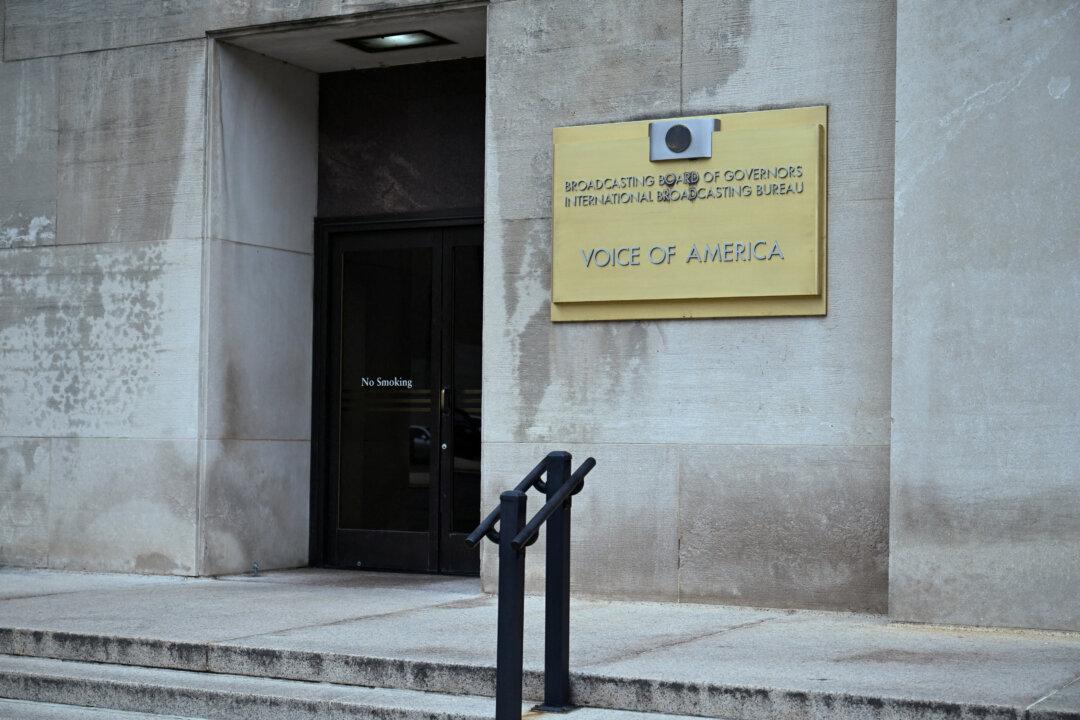Sen. Ed Markey’s (D-Mass.) little-known 3D Printed Gun Safety Act (S. 2319) would criminalize sharing firearm schematics for 3D printers online.
3D printing describes a process that allows people to “print” 3D models for various items. These models range from small tools, art projects, and shapes up to functional firearms. Critics of the practice have called these 3D-printed firearms “ghost guns” because they lack serial numbers and are difficult for law enforcement to trace.
Despite their relative novelty, 3D-printed firearms have a rich legal history.
In 2018, Congress passed the Export Control Reform Act (ECRA), a foreign policy bill designed to restrict enemies’ access to U.S.-made munitions.
After this decision, the Justice Department proposed new regulations on 3D-printed guns. First, retailers would be required to run a background check on customers before selling kits containing necessary materials to print a firearm. Second, kits would be required to include a serial number on the frame or the receiver to make them more traceable. Finally, firearms dealers would be mandated to add a serial number to any guns they bought that did not have one.
Markey’s S.2319 would concretize federal rules against the distribution of 3D gun files. The bill alleges that these schematics “increase the risk that … felons, domestic abusers, and other people prohibited from possessing firearms under Federal law, will obtain a firearm through 3D printing.” Because these 3D guns are not traceable, S.2319 says, they are appealing to criminals.
S.2319 goes on to warn that such schematics “threaten to undermine the entire Federal firearms regulatory scheme and to endanger public safety and national security.” To address this alleged risk, the bill would make it “unlawful for any person to intentionally distribute … code that can automatically program a 3-dimensional printer or similar device to produce a firearm or complete a firearm from an unfinished frame or receiver.”
Menendez expressed the same concerns, saying: “With the click of a mouse, anyone with an internet connection and a 3D printer essentially has a license to print, shoot and kill. Undetectable and untraceable 3D-printed guns allow criminals to circumvent law enforcement and commit crimes. That’s why we must close the ‘3D Gun Loophole’ that allows dangerous individuals to exploit gaps in existing law to manufacture firearms at home they cannot otherwise legally obtain.”
s.2319 currently has 27 Democrat co-sponsors in the Senate. As of Monday, it remains in the Judiciary Committee. Still, with so many sponsors in the Senate, it is possible that Democrats may try to move the little-known bill out of committee for floor debate at some point. Even with the numerical Democratic majority, it would face a tough battle. Earlier this year, moderate Sen. Joe Manchin (D-W. Va.) said that he opposed Democratic gun control legislation in the House. If Manchin were to defect and join Republicans, then the bill would not pass without a Republican taking Manchin’s place and joining Democrats.
However, passing Congress would only be the first step for S.2319. Afterward, it would doubtless face legal challenges from D.D. and gun rights advocacy groups like Gun Owners of America.
In an interview with The Epoch Times, a spokesman for the Libertarian Party criticized the bill as impractical. He asked, “How would [the government] even enforce this law?” Later, he answered his own question, saying that “It would require Soviet- and CCP- levels of control [over citizens’ lives].” He also referenced litigation revolving around the issue of 3D schematics and doubted in the wake of this litigation that the bill could survive the courts. He referenced several cases and government settlements revolving around the issue.
In August 2017, D.D. sued the State Department and asked the U.S. Supreme Court to hear their case against it. D.D. claimed that the State Department barring their right to distribute 3D schematics online constituted a violation of the First Amendment. Though the Supreme Court declined to hear the case, the State Department eventually reached a settlement with D.D. that gave the firm a license to publish the schematics and a cash payment of $40,000. Heather Nauert, a spokesman for the State Department, said in a press conference that the agency agreed to this decision because “We were informed that we … have likely lost this case in court … on First Amendment grounds.”
In 1996, the Ninth Circuit Appellate Court ruled that source code was protected under the First Amendment (Bernstein v. U.S.). Because schematics like those provided by D.D. are a type of source code, standing U.S. law would prohibit restrictions like those found in S.2319.
Thus, the law would raise criticisms as a violation of the First Amendment. And indeed, the law’s authors had a preconception of this risk. The final clause in Sec. 3 of the bill says that “by making illegal the distribution of certain computer code that can be used … [to] create firearms … Congress seeks not to regulate the rights of computer programmers under the First Amendment to the Constitution of the United States, but rather to curb the pernicious effects of untraceable … firearms.”
Though the Supreme Court has refused to take the case in the past, it’s almost inevitable that S.2319 would go before the highest court if this legislation were passed. The result would be a huge landmark for gun control advocates if the Supreme Court upheld the law and a huge landmark for gun rights groups if the law were struck down. Either way, the legislation will have long-lasting national consequences if it is passed by Congress and signed into law.





